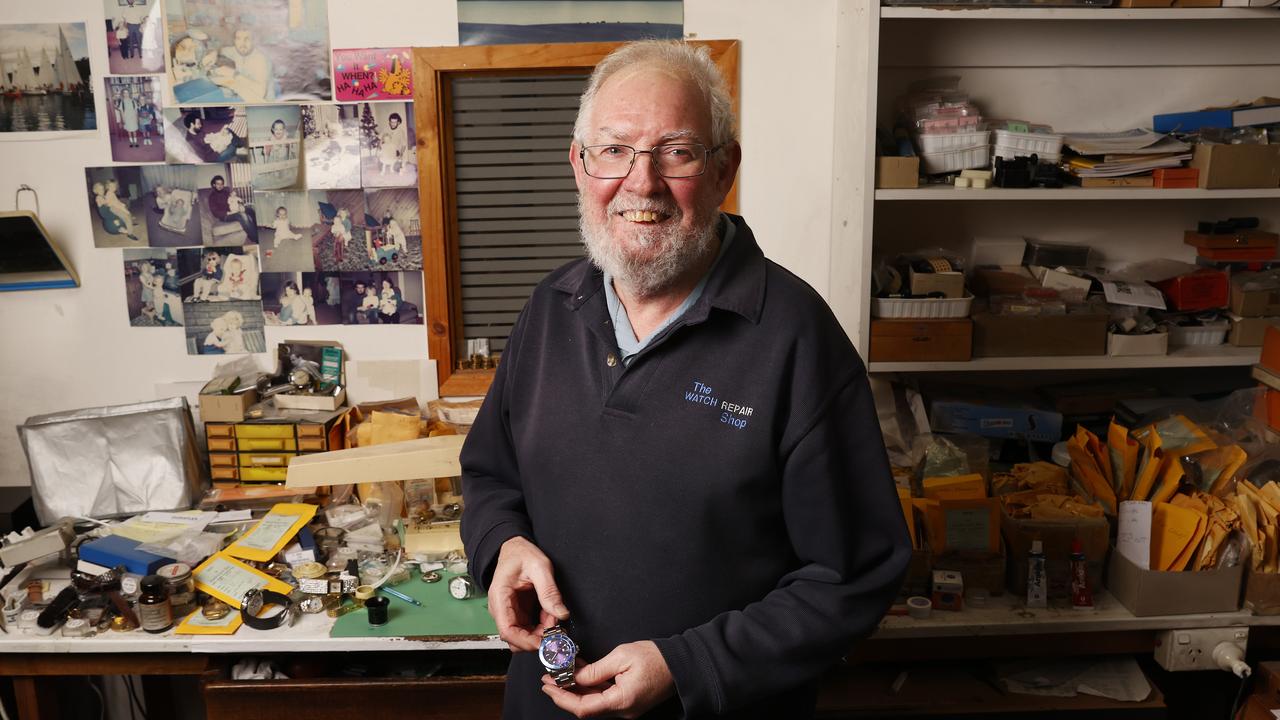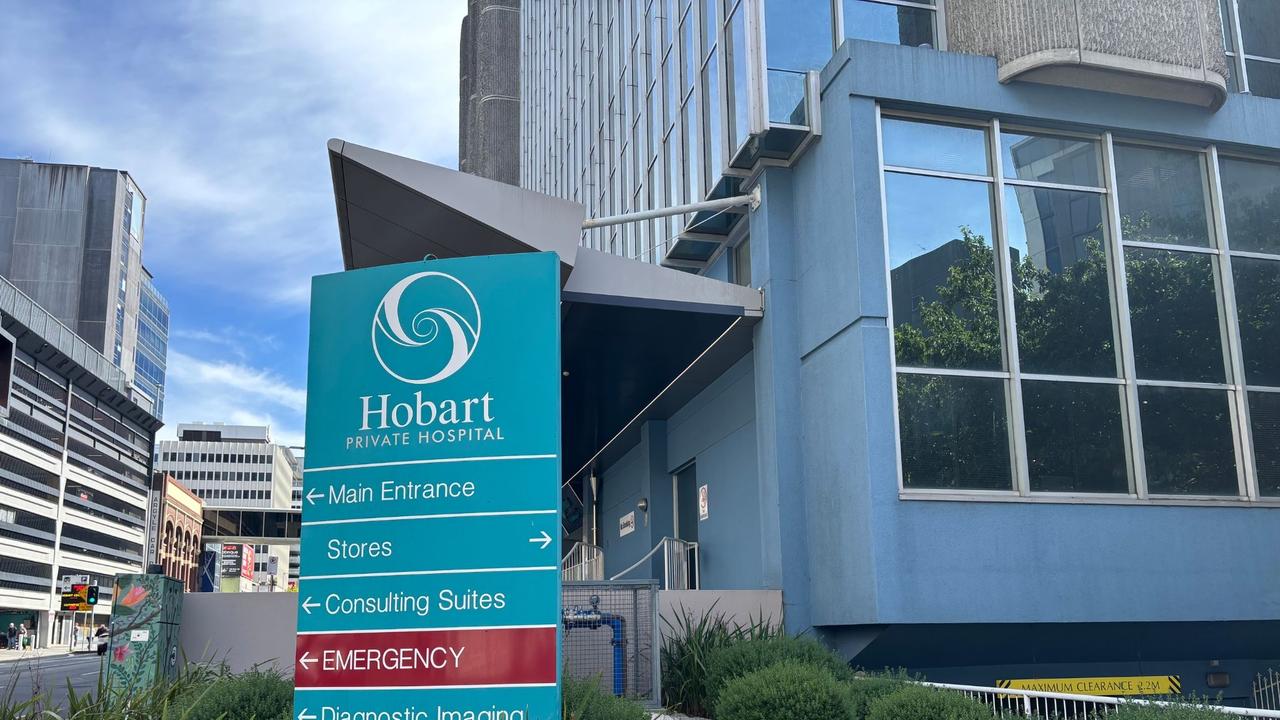‘Social licence’, transparency necessary for UTAS campus relocation, Andrew Wilkie says
The University of Tasmania must prove the campus relocation project is transparent and genuinely beneficial to the community, independent Member for Clark Andrew Wilkie says.
Tasmania
Don't miss out on the headlines from Tasmania. Followed categories will be added to My News.
The University of Tasmania must prove the campus relocation project is transparent and genuinely beneficial to the community, independent Member for Clark Andrew Wilkie says.
The multimillion-dollar long-term project moving educational facilities to Hobart CBD and replacing the existing Sandy Bay campus with a multipurpose dwelling, retail, sporting, cultural and eco-tourism development has sparked fierce debate.
The university has said the Reimagine Sandy Bay plan would ease housing stress by creating a further 2700 dwellings, while basing the campus in the city would make the tertiary education provider more accessible to people in the northern suburbs and would generate economic activity in Hobart.
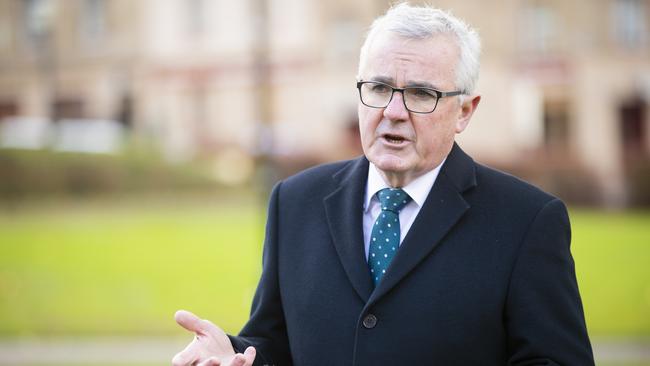
But Mr Wilkie has joined the growing chorus of sceptics after asking “hundreds” of people for their opinions about the move.
“The great majority have expressed concerns to me of one nature or another,” he said.
The independent Member for Clark said he was willing to support the migration of campus buildings “so long as all reasonable community concerns are addressed”, but he said so far this box hadn’t been ticked.
“The University needs to release full details and better explain, and justify, the rationale for the relocation,” he said.
“It also needs to be open-minded about adjusting the plan in response to community feedback.”
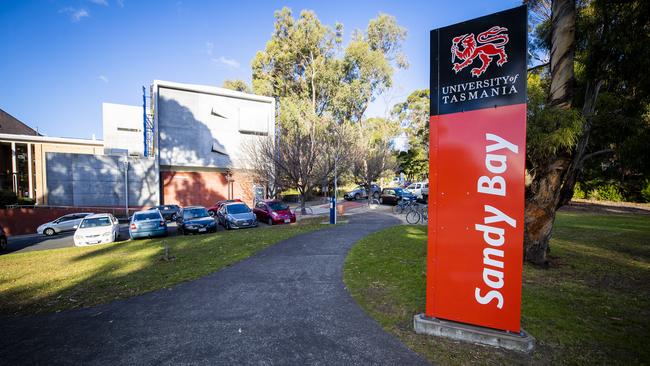
Mr Wilkie hoped the federal government would not help fund the project until it had “genuinely achieved a social licence”.
He said state and local governments must apply a transparent approval process and include the greater Hobart community in the consultation.
The Reimagine Sandy Bay masterplan has gone through several iterations with community feedback gathered along each phase of its creation.
The final master plan has received 32 responses, which so far have called for sustainable transport methods, preserving natural assets and bushland and appropriate building heights and density.
‘Horrifying’: Move to shift UTAS law degree online slammed
The Law Society has “grave” objections to the University of Tasmania’s plans to outsource its law degree to mainlanders and shift most of its lessons online.
The move has horrified Law Society of Tasmania president Simon Gates, who said practical, hands-on training was essential to ensure the quality of Tasmania’s future lawyers.
Mr Gates and other high-profile lawyers have raised their objections with UTAS, but Mr Gates said the university clearly wasn’t listening to the legal community.
Some of the prominent lawyers opposed to the UTAS’ move include Supreme Court Chief Justice Alan Blow, TasCAT president Malcolm Schyvens, Tasmanian Bar president Phillip Zeeman, Director of Public Prosecutions Daryl Coates, former Commonwealth DPP Damian Bugg QC, and former Governor Professor Kate Warner.
“The Tasmanian Legal Profession cannot afford to lose the Centre for Legal Studies. It plays such a vital role in preparing graduates for legal practice,” Mr Gates said.
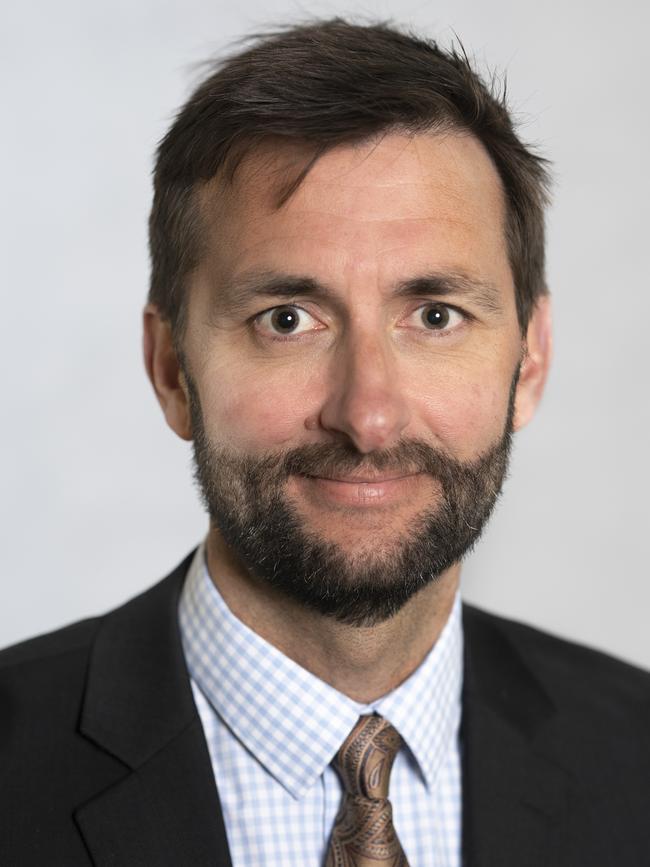
“UTAS appears to be going against key aspects of its own strategic plan by not working with the legal sector, moving away from a place-based education environment that the Law School and the Centre for Legal Studies are both known for and abandoning what is unique and good and moving towards a model that other universities do better.”
The Centre for Legal Studies was run in co-operation with Supreme and Magistrates Courts with several lawyers volunteering their time to aid in its delivery.
The course included practical training in real courtroom environments with real judges and magistrates.
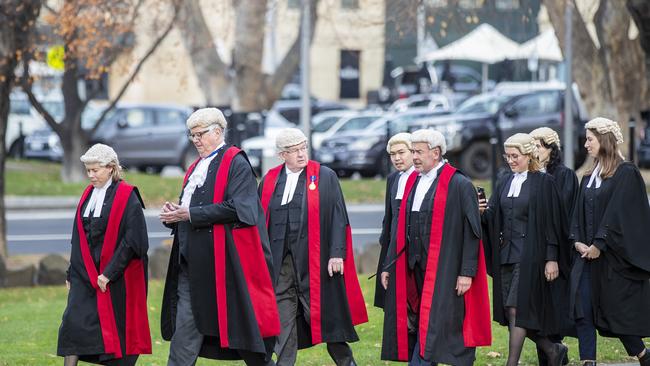
However, Dean of Law Professor Michael Stuckey said their new postgraduate course structure would make legal training more accessible for people living outside of Hobart.
Professor Stuckey said their Graduate Diploma of Legal Practice could now be delivered twice per year instead of once per year.
“We want to make legal education and the law more accessible to more Tasmanians and a high-quality, flexible legal practice training course is critical to achieving that goal,” Professor Stuckey said.
“We want the Diploma of Legal Practice to be accessible to students who may live a long way from Hobart and who may be juggling the demands of work and family.”
Professor Stucky said the course would still meet all the industry requirements set out by the Law Admissions Consultative Committee and the Australasian Professional Legal Education Council.
Council queries UTAS campus’ impact on Swift Parrot habitat
City of Hobart has asked UTAS to examine the impact of its Sandy Bay campus development on threatened Swift Parrot habitat and significant trees, documents reveal.
The Reimagine Sandy Bay development proposes 2700 dwellings, a learning precinct, an innovation and civic quarter, and sporting facilities at the existing University of Tasmania campus.
An eco-tourism zone bordering bushland reserve is among the planned works for the area near Olinda Grove at Mount Nelson.
But documents amid the Planning Scheme Amendment process show Hobart City Council has asked UTAS to supply additional information about the potential environmental impacts of the multimillion-dollar long-term project.
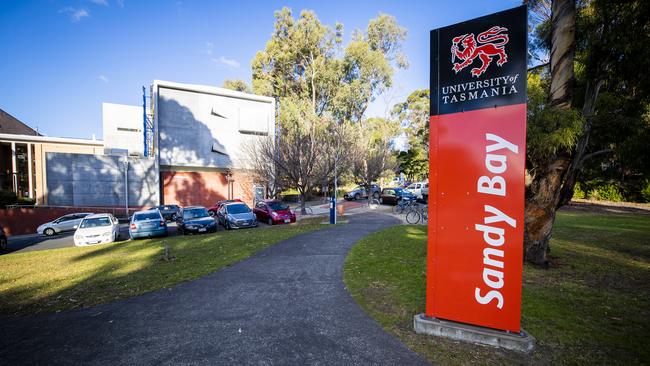
The council queried UTAS’ requirement for an amendment to the Significant Tree Code and sought clarification on the likelihood of trees in the developed area being used by the critically endangered Swift Parrot for foraging and nesting.
“Please provide an opinion, from a suitably qualified person, of the likelihood of impacts to DOV vegetation (eucalyptus forest) and swift parrot habitat being controlled actions under the EPBCA (Environment Protection and Biodiversity Conservation Act),” the document reads.
City of Hobart also requested justification for plans to build a new road that would have a “significant impact on a Heritage Pace, Significant Trees and significant threatened species habitat”.
According to the threatened species management profile, all foraging and nesting habitat for the Swift Parrot is required to be conserved.
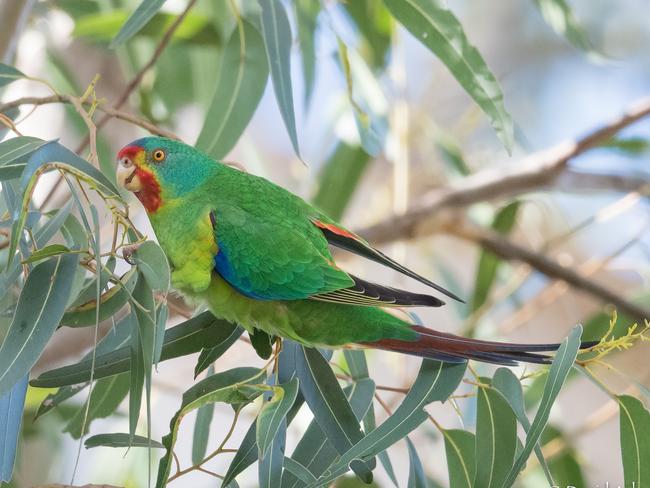
It comes as UTAS’ proposed master plan shows a shortfall of more than 3000 carparking spaces, according to documents. City of Hobart has required UTAS to submit information considering possible carparking overflow impacts on nearby Sandy Bay streets.
University of Tasmania chief operating officer David Clerk said the vision for the campus was innovative and sustainable.
“We look forward to engaging and discussing the Planning Scheme Amendment for Sandy Bay in depth as it moves through a rigorous and legislated process where the public can examine all information in detail,” he said.
“It is normal practice for planning authorities to request further information, particularly for significant applications such as ours.
“We welcome the thoroughness of the City of Hobart and have provided everything they have requested.”
The material will become available to view when the application is put on public exhibition.
Call for UTAS relocation inquiry abandoned
A motion to determine whether an independent inquiry could be established to investigate whether the University of Tasmania’s planned relocation to the CBD would benefit the wider community was withdrawn at the last minute at the City of Hobart council meeting on Monday.
Ald Jeff Briscoe intended to move the motion, to help the council determine whether it should support the move.
It sparked concern from the Property Council of Tasmania, the Tasmanian Small Business Council, the Tasmanian Hospitality Association, chamber of commerce and Master Builders, writing a joint letter to the mayor to show support the move.
“We feel that his proposal to have a full-blown inquiry into the move at this eleventh hour is misguided,” the letter said.
“From our perspective, we are particularly keen to see that the economic benefits of the move come to fruition.”
But at the last minute, Mr Briscoe revealed he intended to shelve his motion and revisit it at a later date.
“I met with Rufus Black the vice chancellor on Friday afternoon, we looked at solutions and we agreed to meet again,” Mr Briscoe told the council on Monday.
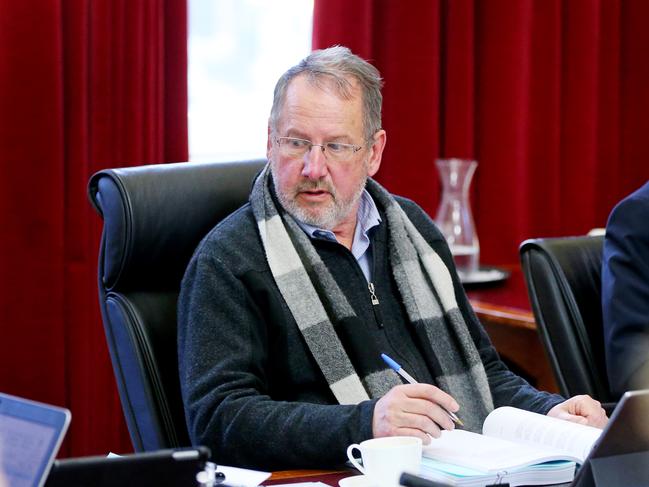
“I also have started meeting with state MPS and I indicated to Mr Black I was considering withdrawing my motion so I could continue those conversations.
“I withdraw my motion, I will be putting it before council in the next few weeks.”
It comes after a petition against the university’s move to the CBD was submitted to the council.
Prof. Pam Sharpe said more than 2000 signatures had been collected in just ten days.
“I’m surprised because we know there’s a huge amount of opposition,” Ms Sharpe said.”
“I was a bit surprised at how rapidly we got the signatures.
“It tells me people are extremely worried, they feel a bit powerless against UTAS which seems to have a huge amount of money and staff.
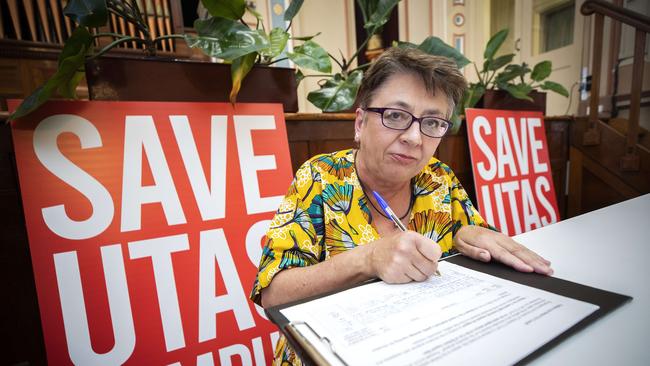
Opponent of the move and president of the Tasmanian Residential Rental Property Owners Association Louise Elliot said the timing was crucial.
“We wanted to get the petition in today to make sure we don’t miss the boat in terms of having a review actioned and a public meeting,” Ms Elliot said.
A public meeting will be held as a result of the petition.
“Everyone will have a chance to air their views and we’ll then have to present 1000 signatures again which will be easy to do,” Ms Sharpe said.



